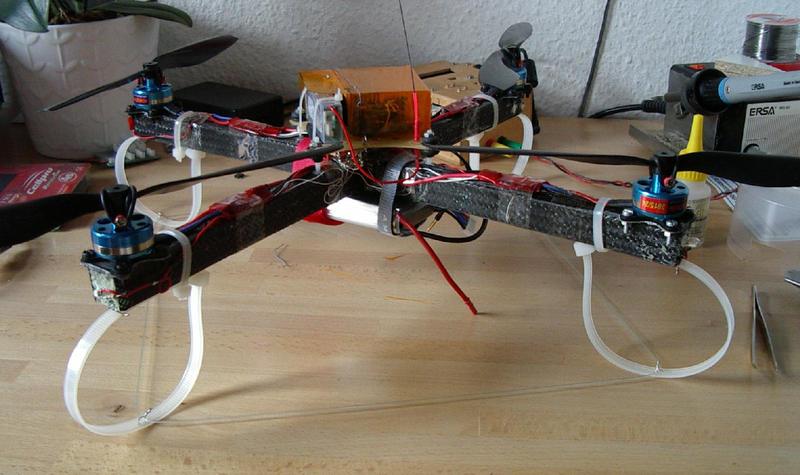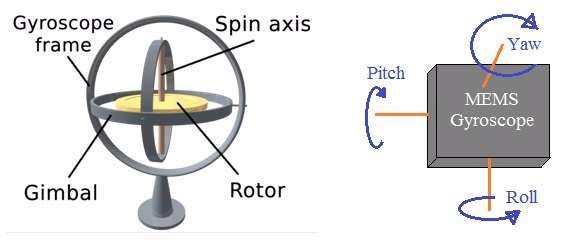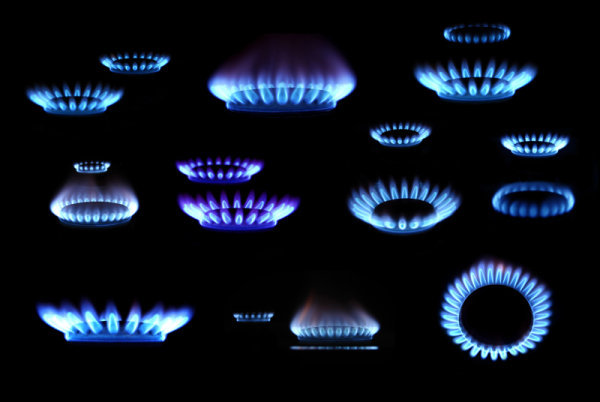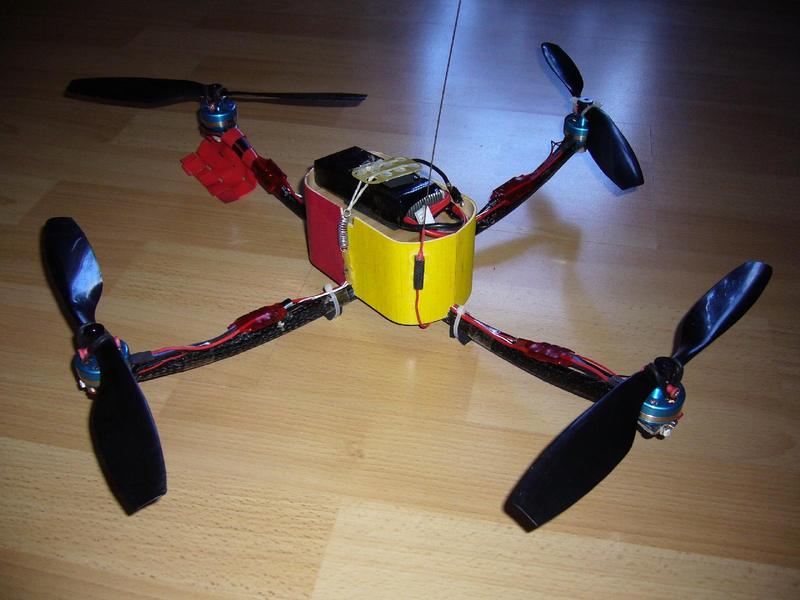

The IMU detects changes in rotational attributes like pitch, roll and yaw using one or more gyroscopes. The Essential Drone IMUĪn inertial measurement unit works by detecting the current rate of acceleration using one or more accelerometers. The drone IMU, along with satellite positioning (GPS and GLONASS) are also components of the flight controller system.

In the vast majority of drones, the gyroscope is encompassed or integrated within the IMU (Inertial Measurement Unit). The gyroscope provides essential navigational information to the central flight control systems. The gyroscope needs to work almost instantly to the forces moving against the drone (gravity, wind etc) to keep it stabilized. A drone with six axis gimbal feeds information to the IMU and flight controller to vastly improve the flight capabilities.
Piezo electric gyros software#
The drone’s hardware, software and algorithms work together to improve all aspects of the flight including hovering perfectly still or taking steep angled turns. The main function of gyroscope technology is to improve the drones flight capabilities. There is also a number of very informative videos throughout this article. We list the latest top drones with the best gyro stabilized autonomous flight modes and systems. In this article, we look at what is gyro stabilization, the function of gyroscopes in drones, including differences between three and six-axis gyro stabilization.

This allows us to capture perfect aerial film and photos.
Piezo electric gyros free#
The latest drones use integrated gimbals, which also include inbuilt gyro stabilization technology giving the on-board camera or sensor a practically vibration free movement. With exceptional flight stabilization, along with waypoint navigation, allow drones to produce top quality 3D photogrammetry maps and lidar imagery. This smooth flight capabilities allow us to film fantastic aerial views of our beautiful planet.

Gyro stabilization technology is one of the most important components, allowing the drone to fly super smooth even in strong winds and gusts. Drones today use three and six axis gyro stabilization technology to provide navigational information to the flight controller, which make drones easier and safer to fly. The Robbe gain control is around 40% at the moment.For a drone to fly perfectly, the IMU, gyro stabilization and flight controller technology is essential. The gyro sensitivity (?) lead which is supposed to plug into a spare channel seems to do nothing when plugged in and switched between, what used to be, high gain and low gain- on the old mechanical gyro you could see the effect of gain change on servo movement if you swung the tail on the bench.
Piezo electric gyros full#
Regardless of the above two, my servo moves to whatever the full travel available is within 1/3 of normal stick travel, the rest of the stick seems to do nothing. The gyro gain control seems to effect end point travel. Once connected, the ATV function on my Tx for channel 4 seems only to change the centre point of the servo and has no effect at all on total travel. Also, the above questions relate to the chopper sitting on the bench during setup, I haven't flow it yet. Please remember, I have come from spinning brass weight mechanical gyros. The Robbe instructions tell you about setup but not what I see as peculiarities. I have fitted a Robbe G300 but I think that my questions may apply to all Piezo gyros. The chopper is probably vintage by now, a 20 year old Heim/Vario setup which was the bee's knees once upon a time but looks pretty pathetic these days. They do strange things which I don't understand. Am an experienced copter pilot (for 20 years ago, know nothing about 3D) but not familiar with Piezo gyros.


 0 kommentar(er)
0 kommentar(er)
